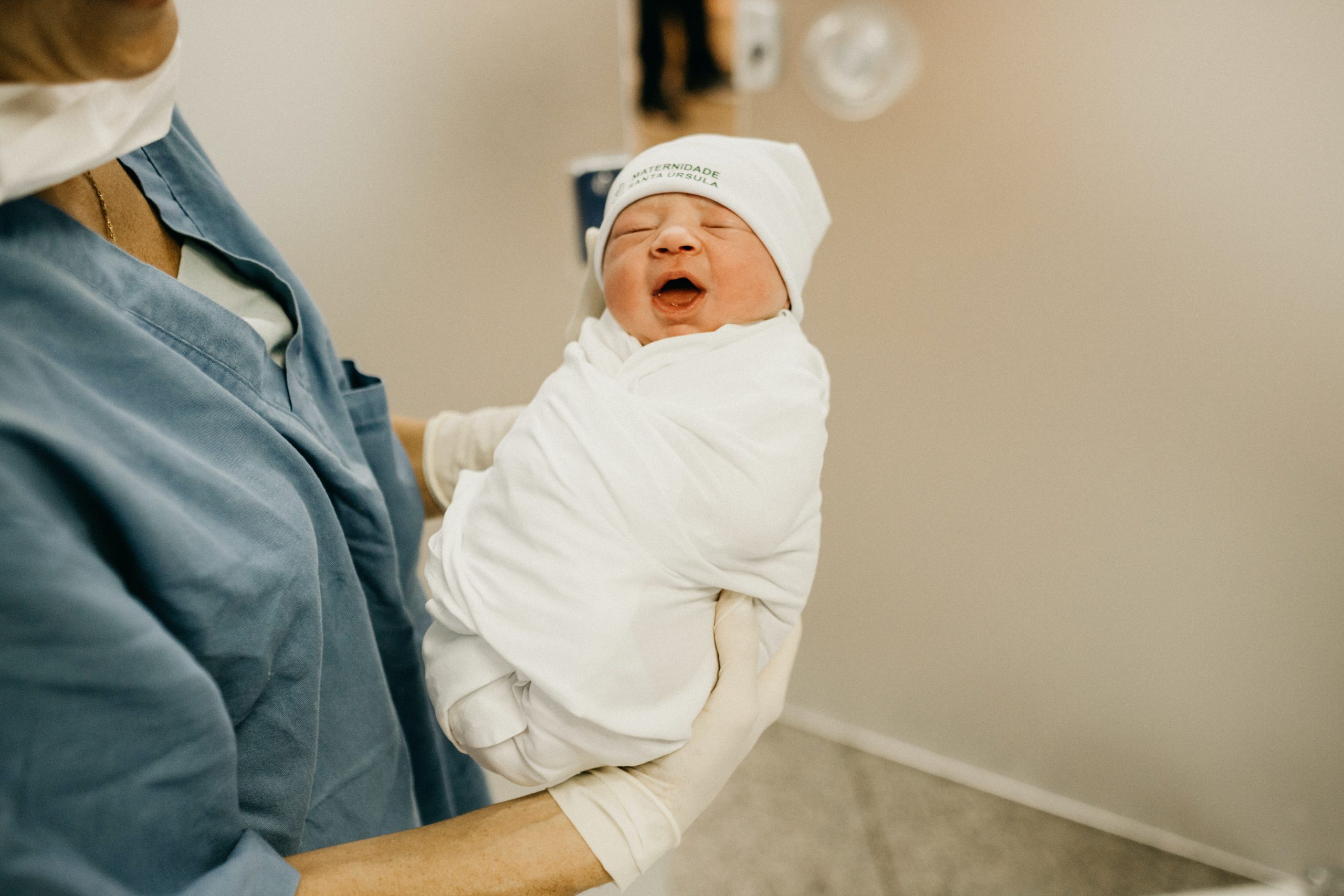
Chris Lieberman, FISM News
[elfsight_social_share_buttons id=”1″]
A new estimate has found that about 10,000 fewer children were legally aborted in the United States in the two months following the Supreme Court overturning Roe v. Wade in June than in the months prior to the decision.
There were about 79,620 abortions performed in the U.S. in August, a 6% decrease from the 85,020 abortions performed in April, the month before a leaked draft opinion signaled the Supreme Court’s intent to overturn Roe, according to data from #WeCount, a research project started by the Society of Family Planning.
Over July and August, #WeCount estimates there were 10,000 fewer abortions compared to that April baseline.
The report sparked rejoicing in the pro-life community. “We are celebrating the fact that at least 10,000 babies have a chance at life,” said Students for Life of America President Kristan Hawkins. “We celebrate the human potential our nation will benefit from knowing. We welcome our fellow citizens working to protect life in law and in service.”
But not everyone was happy with the news, including #WeCount Co-Chair Alison Norris.
“Overturning Roe v. Wade created a sudden disruption in abortion care, compounding the crisis in access that people in some states had already experienced before the decision. We are likewise not seeing a comparable surge in other states to close this gap, which suggests that traveling to get care in a state that allows abortion has not been a realistic option for a significant portion of people denied care,” Norris said. “If this trend were to continue for the next 12 months, we’d project more than 60,000 people who need abortion care will be unable to obtain it.”
While the overall numbers show a decrease in abortions, the figures vary greatly from state to state. #WeCount estimates that abortions dropped by 95% in states where the practice is banned or severely restricted and by 32% in states with moderate restrictions, representing a total drop of about 22,000 abortions. However, states with little or no restrictions performed 12,000 more abortions, an 11% increase, suggesting that many women in states where abortion is banned traveled out of state to receive one.
Texas saw the largest decline in abortions, going from almost 6,000 abortions in April and May to less than 100 in July and August. In that same period, Illinois saw the greatest uptick, with about 2,700 more abortions in July and August compared to April and May. Abortions also increased in North Carolina and Kansas, whose abortion laws are much less restrictive than their neighboring states, by 37% and 36%, respectively.
These numbers do not reflect self-managed abortions, in which a woman obtains an abortion outside the purview of the medical system or abortions performed outside the United States. Still, the numbers are encouraging for those who advocate for the protection of the unborn.
There is also reason to believe that abortions may continue to decrease. Following the Dobbs decision, pro-abortion advocates donated millions of dollars to funds that paid for women to obtain an out-of-state abortion. However, as the initial enthusiasm for the issue has waned and financial contributions decreased, such organizations may no longer be able to pay for as many abortions.
